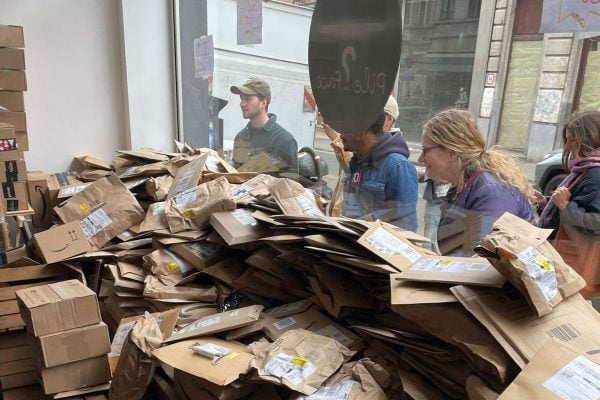In July 2020, Amazon announced ASIN-level quantity limits for products stored in their fulfilment network. Amazon made this change to ensure that they could receive and store products for all sellers who use FBA. During the pandemic limits were even more restricted but now Amazon are replacing ASIN-level FBA quantity limits with FBA restock limits.
Restock limits are set per storage type, based on your past and forecasted sales, allowing to allocate these limits across your ASINs. This gives more flexibility as you aren’t limited to quantity for any single product, but it still makes sense only to send stock into FBA that will sell in the near future – both because it will limit your FBA restock limits for faster selling ASINs and you could incur long term storage fees.
Amazon Storage Types
Amazon Storage limits are applicable for four storage main types:
- Standard-size
- Oversize
- Clothing
- Footwear
Dangerous goods storage limit adjustments (flammable and aerosol) are handled separately from other storage types.
FBA Storage Limits
Storage limits are calculated using several factors including:
- Your sales volume (including your sales’ seasonality periods)
- Your historical IPI scores
- Available fulfilment centre capacity
Sellers with consistently higher IPI scores will receive higher storage limits, adjusted for sales volume and available capacity. When setting limits for an upcoming quarter, Amazon considers both your recent sales volume and seasonal volume from the last year.
You can see which storage types your products are categorized as and how much cubic feet they occupy using the FBA Inventory Age page and the Inventory Age report. Utilisation includes your current inventory at Amazon and all incoming shipments, including your shipments in Working, In Transit and Receiving status.
What’s the difference between FBA restock limits and storage limits?
It’s important to note that both FBA storage limits and FBA restock limits may apply to your account. Storage limits are based on volume, measured in cubic feet, and determine the fulfilment centre capacity you can use. Restock limits are based on units and determine how much inventory you can send to fulfilment centres. Restock limits apply regardless of your IPI score.
For some products, your limiting factor may be storage limits, especially if you have one of more ASINs which are relatively bulky. For smaller products where storage limits aren’t an issue restock limits may be more important.










